Home>Home Maintenance>What Is Home Inspection Software
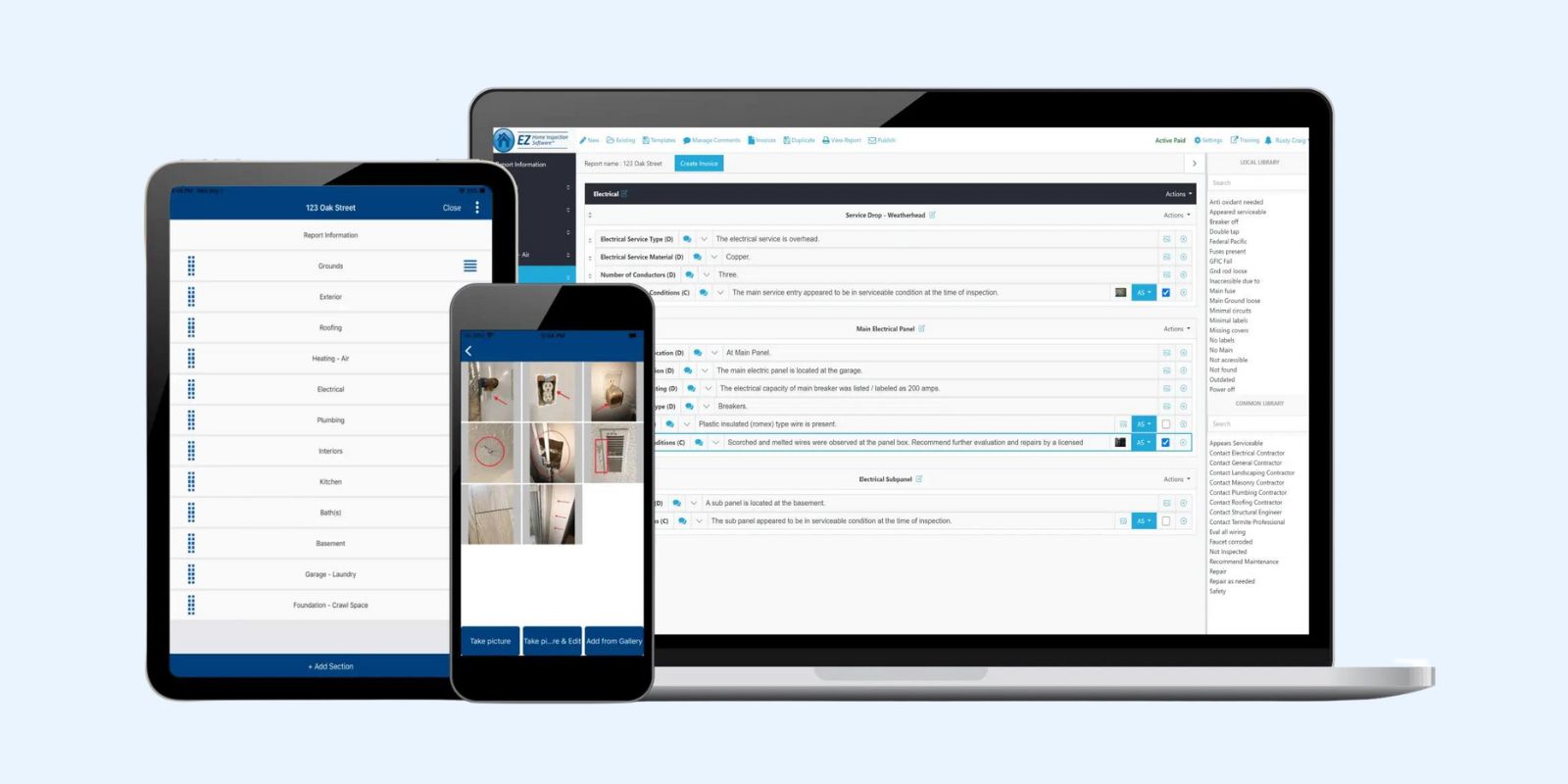

Home Maintenance
What Is Home Inspection Software
Modified: March 6, 2024
Looking for a reliable home inspection software? Learn more about the benefits and features of our home-maintenance focused software that will streamline your inspection process.
(Many of the links in this article redirect to a specific reviewed product. Your purchase of these products through affiliate links helps to generate commission for Storables.com, at no extra cost. Learn more)
Introduction
Welcome to the world of home inspection software, an innovative solution designed to streamline and enhance the home maintenance process. As a homeowner, ensuring the safety and efficiency of your property is of utmost importance. Home inspection software provides a comprehensive and efficient way to assess and maintain your home, saving you time, effort, and resources.
In today’s fast-paced world, technology has become increasingly integrated into our daily lives, and the home maintenance industry is no exception. Home inspection software leverages the power of technology to automate and optimize the inspection process, allowing homeowners and professionals to conduct thorough and accurate assessments of a property’s condition.
By using home inspection software, homeowners can stay on top of their maintenance tasks, identify potential issues before they escalate, and ensure the longevity of their properties. From routine checkups to more detailed assessments, this software provides a user-friendly interface that simplifies the inspection process.
In this article, we will delve into the world of home inspection software, exploring its definition, benefits, features, and common products. We will also discuss the factors to consider when choosing the right software, how to effectively use it, and the challenges and limitations associated with this technology. Finally, we will explore future trends in home inspection software, giving you a glimpse into how this technology may continue to evolve and enhance our home maintenance practices.
Whether you are a homeowner looking to maintain your property or a professional in the home maintenance industry, this comprehensive guide will provide you with valuable insights on home inspection software and its potential to revolutionize the way we inspect and maintain our homes.
Key Takeaways:
- Home inspection software revolutionizes property maintenance by automating tasks, improving accuracy, and enhancing communication. It saves time, ensures thorough inspections, and empowers homeowners to make informed decisions about their properties.
- Future trends in home inspection software, such as AI integration and enhanced mobile capabilities, promise to make inspections more accurate and insightful. This innovative technology will continue to transform the way we maintain our homes.
Read more: What Are CAD Software
Definition of Home Inspection Software
Home inspection software is a specialized tool that enables homeowners, inspectors, and property professionals to conduct thorough assessments of residential properties. This software automates and digitizes the inspection process, allowing for more accurate and efficient evaluations of a property’s condition.
Traditionally, home inspections involved manual documentation, photographs, and checklists. However, with the advent of home inspection software, these processes have been streamlined and integrated into a single digital platform. This software combines features such as data entry, photo capture, report generation, and storage, providing users with a seamless and organized way to document and analyze property inspections.
One of the key components of home inspection software is its ability to generate comprehensive inspection reports. These reports typically include detailed information about the property’s structure, systems (such as HVAC, plumbing, and electrical), appliances, and other essential components. The software allows inspectors to input their findings, attach relevant photos, and generate professional reports that highlight any issues, potential repairs, or routine maintenance tasks.
Home inspection software also streamlines communication between inspectors and homeowners. It allows for easy sharing of inspection reports, enabling homeowners to understand the condition of their property and take appropriate action. Additionally, this software often includes features for scheduling future inspections, setting reminders for routine maintenance, and tracking the history of previous inspections.
Overall, home inspection software revolutionizes the way property inspections are conducted. It eliminates the need for manual paperwork, reduces human error, and provides a centralized platform for storing and accessing inspection data. With its user-friendly interface and time-saving features, home inspection software is becoming an indispensable tool for homeowners and professionals in the home maintenance industry.
Benefits of Home Inspection Software
Home inspection software offers a wide range of benefits to homeowners, inspectors, and property professionals. By leveraging technology to streamline the inspection process, this software enhances efficiency, accuracy, and communication. Let’s explore some of the key benefits of using home inspection software:
- Time-saving: Home inspection software automates various tasks, such as data entry, report generation, and scheduling. This eliminates the need for manual paperwork and saves significant time for both inspectors and homeowners. Reports can be generated in a matter of minutes, compared to the hours it would take to compile information manually.
- Accuracy: With standardized checklists and digital input, home inspection software ensures that inspections are conducted consistently and accurately. The software prompts inspectors to cover all necessary areas and captures information in a structured manner, minimizing the risk of oversight or incomplete documentation. This leads to more comprehensive and reliable inspection reports.
- Enhanced communication: Home inspection software facilitates seamless communication between inspectors and homeowners. Inspection reports can be easily shared digitally, allowing homeowners to review findings, ask questions, and make informed decisions. This software also enables homeowners to track the history of inspections and schedule future assessments, ensuring proactive maintenance of their property.
- Increased efficiency: By eliminating manual processes, home inspection software improves overall efficiency. Inspectors can quickly capture data, add photos, and generate reports on-site, eliminating the need for time-consuming post-inspection paperwork. This software also provides tools for organizing and managing inspection records, making it easier to track, search, and retrieve specific information when needed.
- Improved professionalism: Home inspection software enhances the professionalism of the inspection process. The generated reports are typically presented in a standardized, visually appealing format, complete with images and clear narratives. This professionalism not only impresses homeowners but also instills confidence in the accuracy and reliability of the inspection findings.
- Increased customer satisfaction: With home inspection software, homeowners receive detailed, easy-to-understand reports that provide a comprehensive overview of their property’s condition. This empowers homeowners to make informed decisions about repairs, maintenance, and future improvements. The transparent and efficient process facilitated by the software enhances customer satisfaction and trust in the inspection process.
Overall, home inspection software offers numerous benefits, including time savings, improved accuracy, enhanced communication, increased efficiency, professionalism, and customer satisfaction. By leveraging the power of technology, homeowners, inspectors, and property professionals can streamline the inspection process and ensure the optimal condition of residential properties.
Features of Home Inspection Software
Home inspection software comprises a wide array of features designed to optimize the inspection process and provide users with a seamless experience. These features not only streamline data entry and report generation but also enhance communication and organization. Let’s explore some of the key features commonly found in home inspection software:
- Digital Data Entry: Home inspection software allows users to input inspection data digitally, eliminating the need for manual paperwork. Inspectors can quickly enter information about the property’s structure, systems, appliances, and other components using user-friendly interfaces. This feature significantly reduces human error and provides a standardized method for documenting inspections.
- Photo Capture: With built-in photo capture capabilities, home inspection software allows inspectors to easily capture and attach photos to their reports. This feature is invaluable for providing visual evidence of issues, documenting the condition of different areas, and enhancing the overall clarity of the inspection report.
- Customizable Templates: Home inspection software often provides customizable templates that can be tailored to specific property types or inspection standards. Users can create their own checklists or modify existing templates to ensure that all relevant areas and components are included in the inspection process. This feature enables flexibility and adaptability in conducting inspections.
- Report Generation: One of the key features of home inspection software is the ability to generate comprehensive inspection reports. These reports typically include detailed narratives, photos, and summary sections that highlight any issues or maintenance requirements. The software allows users to customize the format and layout of the reports, ensuring a professional and visually appealing presentation.
- Cloud Storage and Sharing: Home inspection software often includes cloud storage capabilities, allowing users to securely store and access their inspection reports. This feature enables easy sharing of reports with homeowners, real estate agents, or other stakeholders via email or secure online portals. Cloud storage also ensures that the inspection data is easily accessible for future reference or analysis.
- Scheduling and Reminders: Many home inspection software products provide features for scheduling inspections and setting reminders for routine maintenance tasks. Inspectors can easily manage their inspection calendar, ensuring efficient planning and timely completion of inspections. Homeowners can also receive reminders for critical maintenance activities, such as changing air filters or servicing HVAC systems.
- Integration with Mobile Devices: Home inspection software often offers mobile applications that allow users to conduct inspections using smartphones or tablets. This feature provides flexibility and convenience, allowing inspectors to capture data and photos on-the-go, even in remote locations. The ability to work offline and sync data when connected to the internet ensures uninterrupted productivity.
- Integration with External Systems: Some home inspection software products integrate with other systems or databases, such as property management software or customer relationship management (CRM) platforms. This integration enables seamless data transfer, streamlining the overall workflow and eliminating the need for manual data entry in multiple systems.
These are just some of the key features offered by home inspection software. Each software product may have additional functionalities and tools that enhance the inspection process. By leveraging these features, users can optimize their workflow, improve accuracy, and provide professional and comprehensive inspection reports.
Common Home Inspection Software Products
The market for home inspection software is vast, with numerous products available to cater to the needs of homeowners, inspectors, and property professionals. Each software product offers unique features and capabilities, making it essential to choose the one that best suits your specific requirements. Let’s explore some of the common home inspection software products that have gained popularity in the industry:
- HomeGauge: HomeGauge is a widely used home inspection software that offers a comprehensive set of features, including digital data entry, customizable templates, photo capture, and report generation. It provides integration with cloud storage platforms and offers a mobile application for on-the-go inspections.
- InspectIT: InspectIT is a user-friendly home inspection software designed for inspectors of all experience levels. It offers customizable templates, photo capture, report generation, and cloud storage integration. InspectIT also provides advanced features such as 3D home visualizations and optional add-ons for automated scheduling and syncing with external systems.
- Home Inspector Pro: Home Inspector Pro is a feature-rich software solution that includes customizable templates, photo capture, report generation, and cloud storage integration. It offers extensive customization options, allowing users to tailor the software to their specific inspection requirements. Home Inspector Pro also provides a mobile application for efficient on-site inspections.
- Palm-Tech: Palm-Tech is a popular choice among home inspectors due to its ease of use and intuitive interface. It offers digital data entry, customizable templates, photo capture, and report generation. Palm-Tech also provides advanced features such as sketching tools for floor plans and integration with third-party services like ISN for streamlined scheduling and management.
- Horizon Inspect: Horizon Inspect is a robust home inspection software that offers a range of features, including customizable templates, photo capture, report generation, and cloud storage integration. Horizon Inspect also provides unique features such as integrated video, 360-degree photo support, and voice recognition for hands-free data entry.
These are just a few examples of the common home inspection software products available in the market. It is important to thoroughly research and evaluate the features, pricing, and customer reviews of each software product before making a decision. Consider your specific needs, budget, and the level of technical expertise required to effectively use the software.
Additionally, it is worth noting that some home inspection software products offer free trials or limited versions, allowing users to test the software before making a purchase. Take advantage of these opportunities to ensure that the software aligns with your expectations and provides a seamless and efficient solution for your home inspection needs.
When choosing home inspection software, look for features like customizable templates, photo integration, and report generation to streamline the inspection process.
Read more: What Is NX CAD Software
Factors to Consider When Choosing Home Inspection Software
Choosing the right home inspection software is crucial for optimizing your inspection process and ensuring a seamless experience. With numerous options available in the market, it is important to consider several factors before making a decision. Here are some key factors to consider when choosing home inspection software:
- Features and Functionality: Assess the features and functionality offered by the software. Consider your specific needs and ensure that the software includes essential features such as digital data entry, photo capture, customizable templates, report generation, cloud storage integration, and scheduling capabilities. Look for additional features that align with your unique requirements, such as sketching tools, video support, or integration with external systems.
- User-Friendliness: Evaluate the user-friendliness of the software. Choose a software with an intuitive interface and easy navigation. Consider the ease of inputting data, capturing photos, generating reports, and managing the overall workflow. A user-friendly interface will contribute to efficiency and reduce the learning curve for both inspectors and homeowners.
- Compatibility and Integration: Consider the compatibility of the software with your existing devices and systems. Ensure that the software works well with your computer, smartphone, or tablet. Also, check if the software integrates with other platforms or services you use, such as cloud storage, property management software, or customer relationship management (CRM) systems. Seamless integration will enable smooth data transfer and streamline your workflow.
- Cost and Pricing Structure: Evaluate the cost and pricing structure of the software. Consider whether the software is offered as a one-time purchase or as a subscription-based model. Compare the pricing plans, including any additional fees or costs for extra features or updates. Choose a software that offers a pricing structure that aligns with your budget and long-term requirements.
- Customer Support and Training: Research the customer support and training options provided by the software vendor. Check if the vendor offers comprehensive documentation, tutorials, or training sessions to help users get up to speed with the software. Look for customer reviews or testimonials that highlight the responsiveness and effectiveness of the vendor’s support team. Reliable customer support will ensure a smooth experience and assist you in resolving any issues that may arise.
- Security and Data Protection: Consider the security measures and data protection protocols implemented by the software vendor. Ensure that the software offers secure cloud storage or encryption options to protect sensitive inspection data. Review the vendor’s privacy policy and terms of service to understand how your data will be handled and protected. Security and data protection are essential to maintain the confidentiality and integrity of your inspection reports.
By carefully considering these factors, you can make an informed decision when choosing home inspection software. Remember to assess the specific needs of your inspection process, your budget, and the level of technical expertise required. Choose a software that not only offers the necessary features but also provides a user-friendly experience, seamless integration, reliable customer support, and robust data protection.
How to Use Home Inspection Software
Using home inspection software can greatly improve the efficiency and accuracy of the inspection process. To make the most of this software, follow these steps:
- Select the Right Software: Begin by choosing the home inspection software that best suits your needs. Consider factors such as features, user-friendliness, compatibility, pricing, customer support, and data security.
- Installation and Setup: Install the software on your computer or mobile device following the instructions provided by the vendor. Set up your account and customize any templates or settings according to your inspection requirements.
- Create a New Inspection: When starting a new inspection, open the software and select the option to create a new inspection report. Enter the necessary property and client information to begin the inspection process.
- Input Inspection Data: Proceed with the inspection, inputting data about the property’s structure, systems, appliances, and any observable issues. Use the software’s user-friendly interface to enter information accurately and efficiently.
- Capture Photos: Utilize the software’s photo capture feature to take photos of relevant areas or components during the inspection. Ensure that the photos are clear and provide visual evidence to support your inspection findings.
- Generate the Inspection Report: Once the inspection is completed, generate the inspection report using the software’s report generation feature. Customize the layout, format, and sections of the report according to your preferences.
- Review and Edit: Take the time to review the generated inspection report. Make any necessary edits or additions to ensure that the report accurately represents the findings of the inspection.
- Share the Report: Share the inspection report with the homeowner or relevant parties using the software’s sharing options. Choose the appropriate method, such as email or secure online portals, to securely transmit the report.
- Track and Manage Inspections: Use the software’s scheduling and reminder features to stay organized and manage your inspections effectively. Set reminders for routine maintenance tasks and track the history of past inspections for easy reference.
- Maintain Data Security: Ensure that the inspection data and reports are stored securely in the software. Follow the software’s data protection protocols and regularly back up your inspection files to prevent loss or unauthorized access.
By following these steps and becoming familiar with the specific features and functionalities of your chosen home inspection software, you can efficiently conduct inspections, generate professional reports, and streamline your overall inspection process.
Challenges and Limitations of Home Inspection Software
While home inspection software offers numerous benefits and streamlines the inspection process, it is important to be aware of its challenges and limitations. Understanding these factors can help users manage their expectations and make informed decisions. Here are some common challenges and limitations associated with home inspection software:
- Technical Requirements: Home inspection software typically requires the use of computers, smartphones, or tablets. Users must ensure that their devices meet the software’s technical requirements and are compatible with the operating systems supported by the software. Technical limitations or device failures may impact the usability and effectiveness of the software.
- Learning Curve: Like any software, home inspection software requires a learning curve. Users need to invest time in understanding the software’s features, navigation, and customization options. While many software vendors offer training materials and support, it may take some time to become proficient in using all the functionalities of the software.
- Data Entry Constraints: Home inspection software relies on accurate and timely data entry. Users must ensure that they enter information correctly and fully document their findings. Incomplete or incorrect data entry may lead to inaccurate reports and undermine the software’s effectiveness.
- Software Limitations: Home inspection software may have limitations in terms of features and flexibility. Not all software products offer the same range of functionalities, and some may lack specific features that users require for their inspections. It is crucial to carefully evaluate the features and capabilities of the software to ensure they meet your specific needs.
- Reliance on Internet Connection: Some home inspection software relies on an internet connection to sync data, access cloud storage, or download updates. This dependence on internet connectivity may be a limitation in areas with weak or no network coverage. Inspectors working in remote locations should have contingency plans to ensure uninterrupted access to the software and data.
- Software Upgrades and Compatibility: Software upgrades and updates can introduce compatibility issues, particularly if there are changes to operating systems or device requirements. This can pose challenges for users who have invested time and effort into customizing their software settings or templates. Users should regularly check for software updates and ensure that their devices and systems are compatible with new versions.
- Data Security: Although most home inspection software vendors prioritize data security, there is still a potential risk of data breaches or unauthorized access to inspection reports. Users must follow best practices for data protection, such as using strong passwords, encrypting files, and regularly backing up their inspection data.
Despite these challenges and limitations, home inspection software remains a valuable tool for enhancing the inspection process. By being aware of these factors and proactively addressing them, users can mitigate potential issues and make the most of the software’s benefits.
Future Trends in Home Inspection Software
As technology continues to advance, home inspection software is expected to evolve and adapt to meet the changing needs of homeowners and professionals in the industry. Here are some future trends to watch for in home inspection software:
- Artificial Intelligence (AI) Integration: AI integration is poised to revolutionize home inspection software. AI algorithms can assist in identifying patterns, analyzing data, and detecting potential issues in inspection reports. Machine learning capabilities can enable the software to improve accuracy over time by continuously learning from past inspection data.
- Enhanced Mobile Capabilities: With the increasing reliance on smartphones and tablets, future home inspection software is expected to offer enhanced mobile capabilities. This includes advanced features such as augmented reality (AR) for visualizing potential repairs and integrated measurement tools for accurately assessing dimensions and areas during inspections.
- Internet of Things (IoT) Integration: The integration of IoT devices into home inspection software holds great promise. IoT devices, such as smart sensors and connected appliances, can provide real-time data about a property’s condition. By seamlessly integrating with these devices, home inspection software can capture and analyze the data, providing a more comprehensive assessment of the property’s systems and performance.
- Virtual Reality (VR) Applications: VR has the potential to revolutionize the way home inspections are conducted. Future home inspection software may allow homeowners or inspectors to remotely conduct virtual inspections using VR headsets. This technology could provide a realistic and immersive experience, enabling users to virtually navigate through the property and identify potential issues without physically being present.
- Advanced Reporting and Visualization: Future software is expected to offer more advanced reporting and visualization capabilities. This includes interactive reports with embedded multimedia elements, such as videos, 3D models, and interactive floor plans. These enhancements will make it easier for homeowners and inspectors to understand and communicate inspection findings.
- Integration with Smart Home Technology: As more homes incorporate smart home technology, future home inspection software is likely to integrate with these systems. This integration will enable inspection software to seamlessly interact with and monitor smart devices, capturing data and providing insights into their functionality and performance.
- Data Analytics and Predictive Maintenance: Advanced data analytics and predictive maintenance features could be integrated into home inspection software. By analyzing inspection data over time, the software could provide predictive maintenance recommendations, allowing homeowners and professionals to take proactive measures to prevent potential issues before they occur.
These future trends in home inspection software have the potential to revolutionize the inspection process, making it more accurate, efficient, and insightful. As technology continues to advance, it is important to stay updated and embrace the innovative solutions that home inspection software will offer in the years to come.
Conclusion
Home inspection software has transformed the way we assess and maintain our residential properties. This innovative technology has brought automation, efficiency, and accuracy to the inspection process, benefiting both homeowners and professionals in the home maintenance industry.
In this comprehensive guide, we explored the definition of home inspection software and its many benefits. We discussed how this software streamlines the inspection process, enhances communication, and improves overall efficiency. By leveraging features such as digital data entry, customizable templates, photo capture, and report generation, home inspection software provides a seamless and organized way to document and analyze inspection findings.
We also highlighted some of the common home inspection software products available in the market, providing insights into their unique features and functionalities. Choosing the right software is crucial, and factors such as features, user-friendliness, compatibility, pricing, and customer support should be carefully considered.
While home inspection software offers numerous benefits, it is important to be aware of the challenges and limitations associated with its use. Factors such as technical requirements, learning curves, and data entry constraints should be taken into account. However, with proper implementation and management, these challenges can be overcome.
Looking ahead, we explored the future trends in home inspection software, including AI integration, enhanced mobile capabilities, IoT integration, virtual reality applications, advanced reporting and visualization, and data analytics. These advancements are poised to revolutionize the inspection process, allowing for more accurate assessments, predictive maintenance, and seamless integration with smart home technology.
In conclusion, home inspection software is a valuable tool that empowers homeowners and professionals to conduct thorough inspections, generate professional reports, and maintain the optimal condition of properties. By embracing this technology and staying abreast of future advancements, we can ensure that our homes remain safe, efficient, and well-maintained for years to come.
Frequently Asked Questions about What Is Home Inspection Software
Was this page helpful?
At Storables.com, we guarantee accurate and reliable information. Our content, validated by Expert Board Contributors, is crafted following stringent Editorial Policies. We're committed to providing you with well-researched, expert-backed insights for all your informational needs.






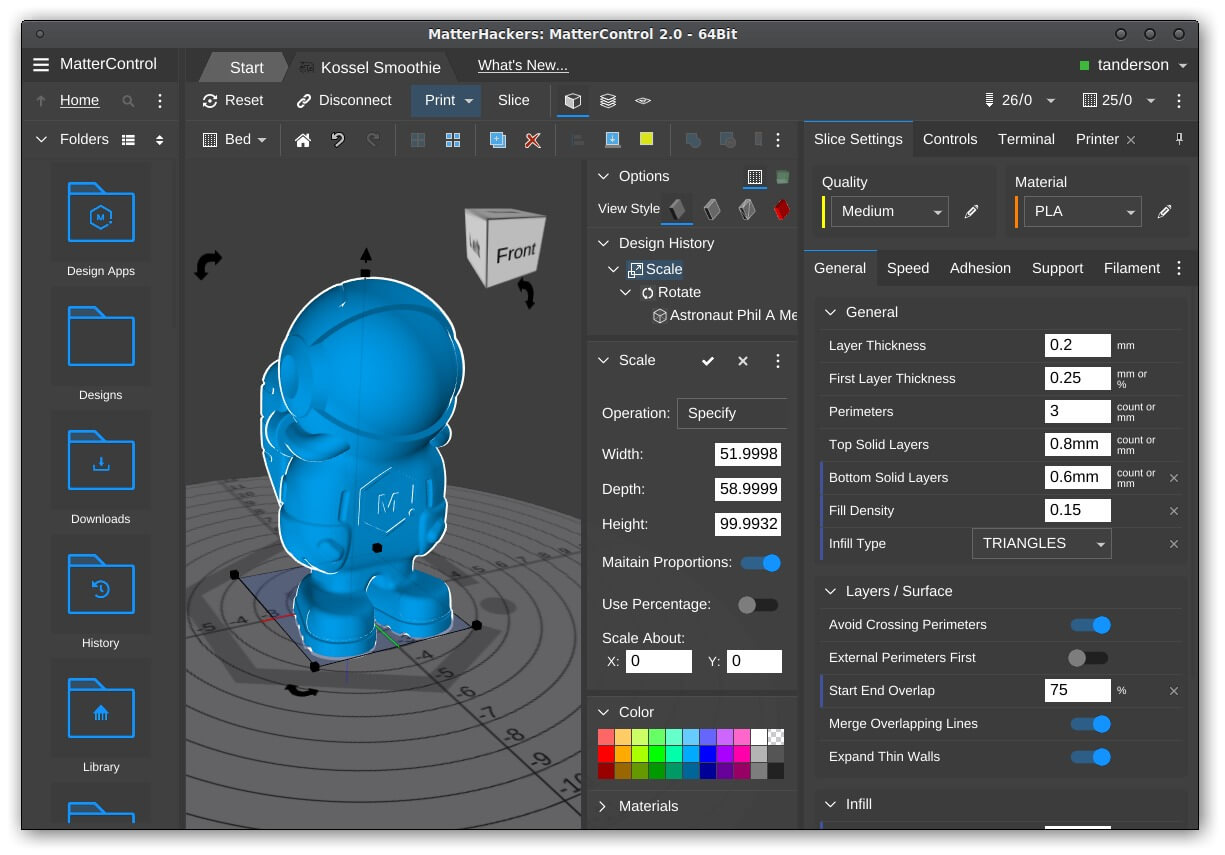
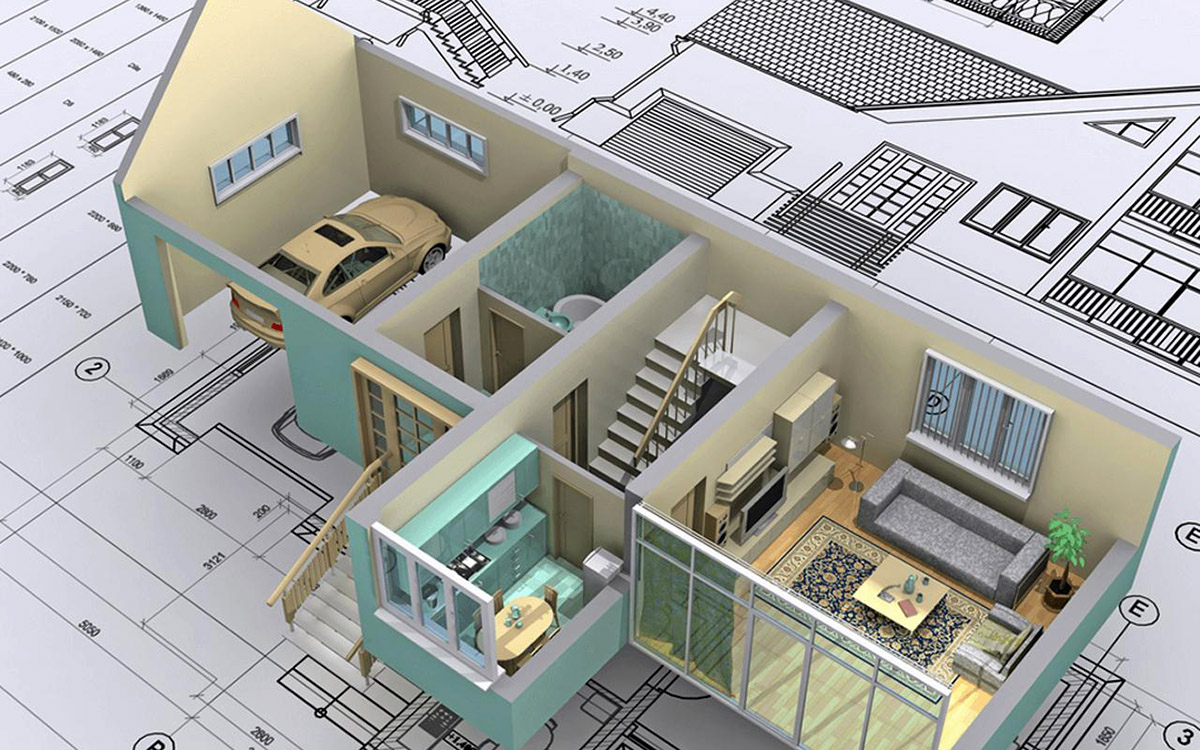
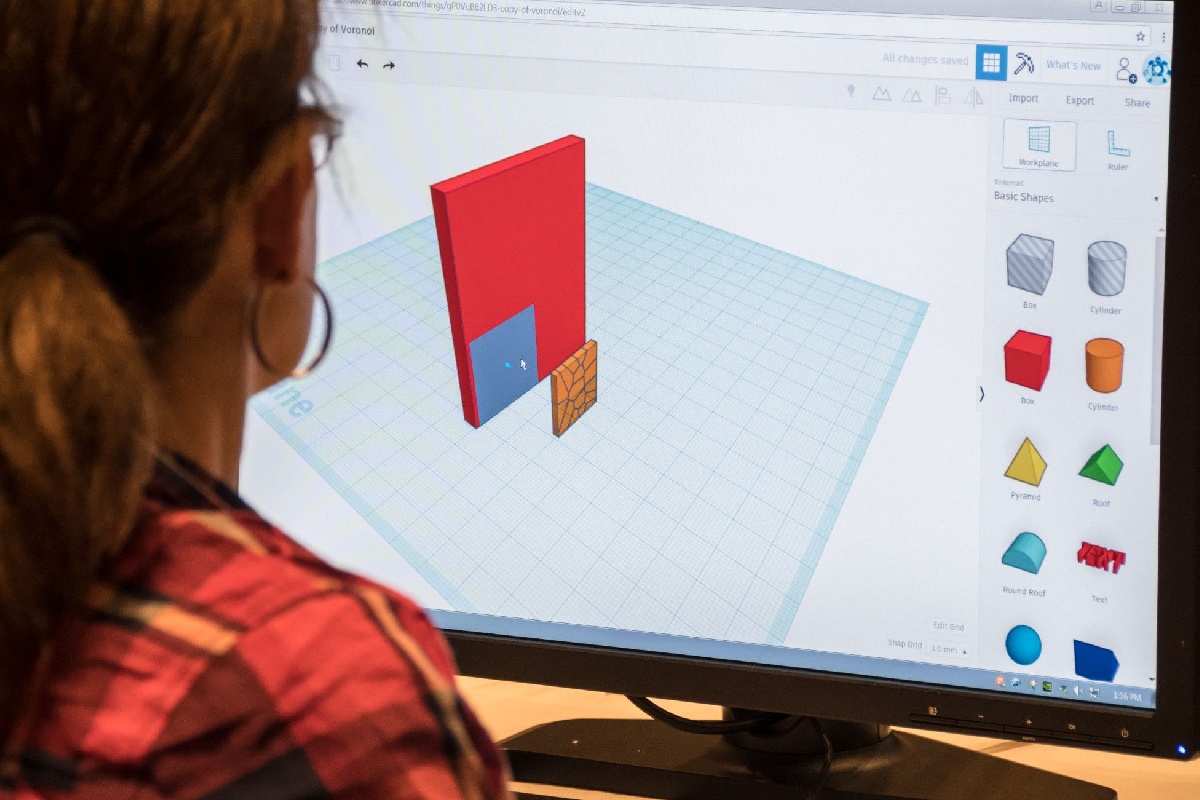

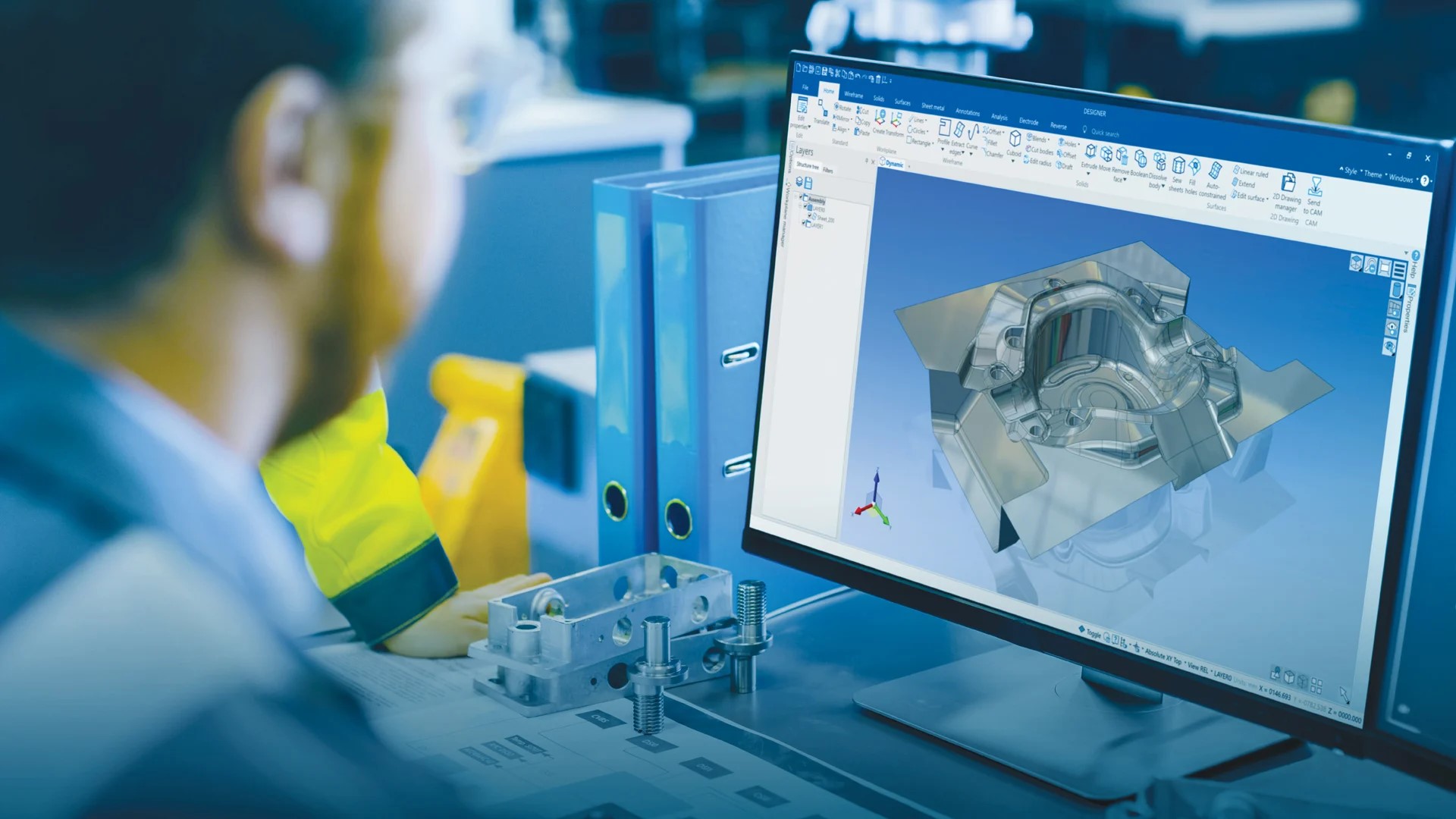

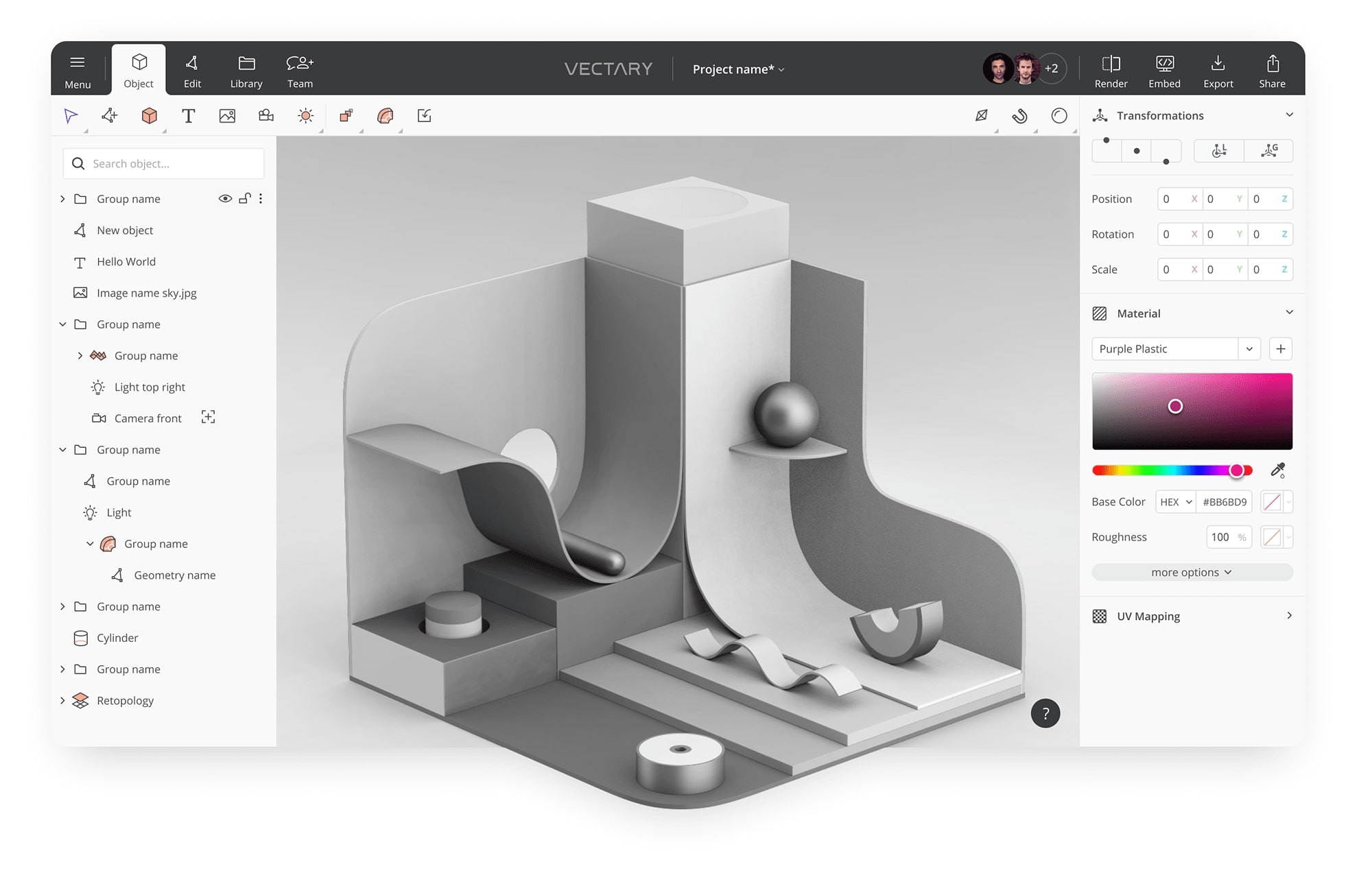

0 thoughts on “What Is Home Inspection Software”